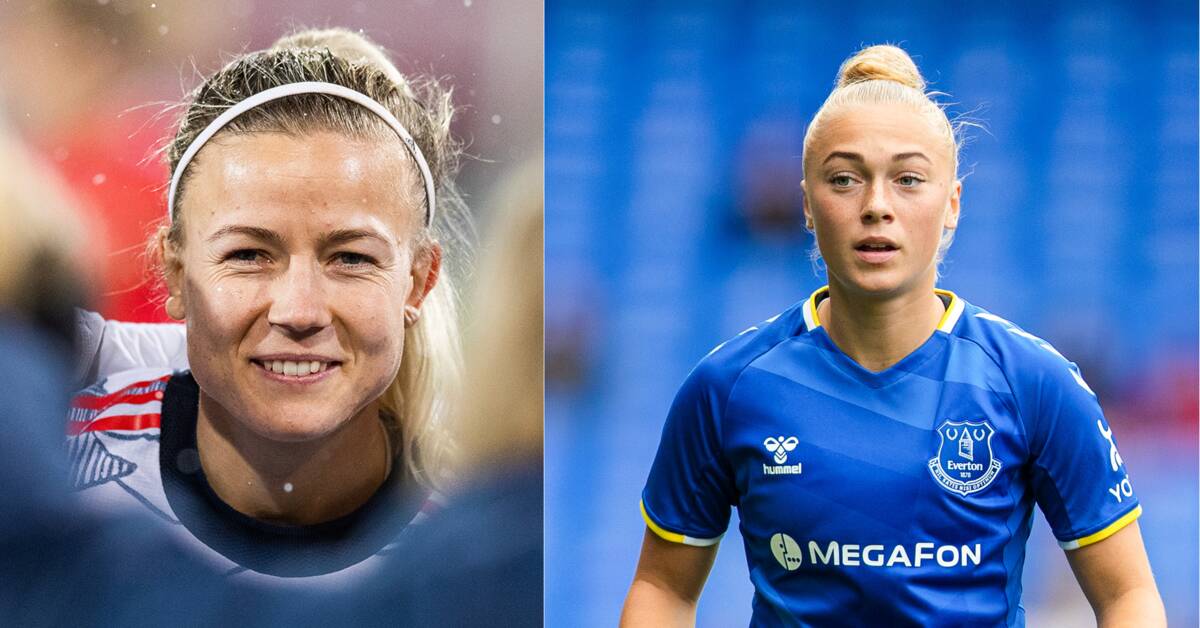Women's football's global transfer sums have gone from a total of SEK 5.6 million in 2018 to SEK 19.7 million in 2021, according to figures from the international football association Fifa.
It is still light years from the men's transfer sums (a total of SEK 4.9 billion in 2021) but still a clear sign that the market and interest in women's football is increasing.
- The traditionally large men's clubs have found that 50 percent of the world's population are women.
So to strengthen your brand, you invest in a women's team.
And when many clubs do this at about the same time, it is now happening in six or seven places in Europe and the USA, the effect is that salaries go up and the demand for players increases, says Lisa Ek.
"Now the clubs dare to sign longer contracts"
Another player agent with insight is Michael Kallbäck, who represents both women's and men's players.
His clients include Danish star Nadia Nadim and Swedish national team player Hanna Glas.
- In the past, players have usually played on one-year contracts.
Now the clubs dare in a different way to sign longer agreements.
Before, it was not done because of the economy, they did not know if they could afford to keep the players for longer than a year, says Kallbäck.
He feels that the football clubs today dare to think more long-term.
- Now they can put down what is required to sign a three-year contract.
It goes hand in hand with the fact that we see increased transfer sums.
If you sell a player for a million or two, you have money to reinvest in the club.
Watch the entire series "The move from the damallsvenskan" on SVT Play.

